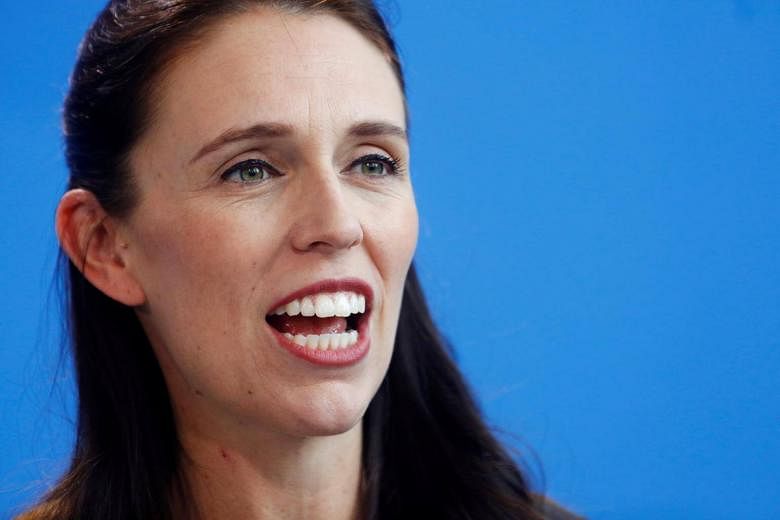WELLINGTON (AFP) - New Zealand's centre-left government boosted spending on welfare and public services on Thursday (May 17) in a maiden budget aimed at delivering on the promises made during last year's "Jacinda-mania" election campaign.
Health services are the centrepiece of the budget's spending spree, after Prime Minister Jacinda Ardern's campaign promises to help "left behind" voters eked out a narrow victory for the popular young leader's governing Labour Party.
More than NZ$4 billion (S$3.7 billion) of additional health spending was forecast through to 2021-2022, including NZ$850 million to fix run-down hospitals.
Elsewhere an extra NZ$1.6 billion will be spent on schools to hire 1,500 new teachers, along with a promise of 6,000 new public housing dwellings.
"We can't make up for nine years of neglect in just one budget, but these are the first steps in doing that," said Finance Minister Grant Robertson.
"We are determined to turn the page on the ideology of individualism and a hands-off approach to the economy that has left too many people behind," he added.
Spending to reduce child poverty and domestic violence was also boosted, along with support services for refugees.
The government had already announced a NZ$5.5 billion families package and a rise of more than NZ$700 million in foreign aid spending, much of it aimed at the country's impoverished Pacific neighbours.
New outlays were partially paid for by scrapping NZ$7.9 billion in tax cuts promised by the previous government, Robertson said, a move Ardern foreshadowed during the election campaign.
He said the goal of reducing net government debt to 20 per cent of gross domestic product had been pushed back to 2021-2022 to allow more spending.
Net government debt is currently 20.8 per cent of GDP.
The budget optimistically forecasts annual economic growth will average just below 3 per cent over the next five years, with unemployment approaching the government's 4 per cent target by 2021.
It predicted a surplus of NZ$3.1 billion in 2017-2018, rising to NZ$3.7 billion a year later.

